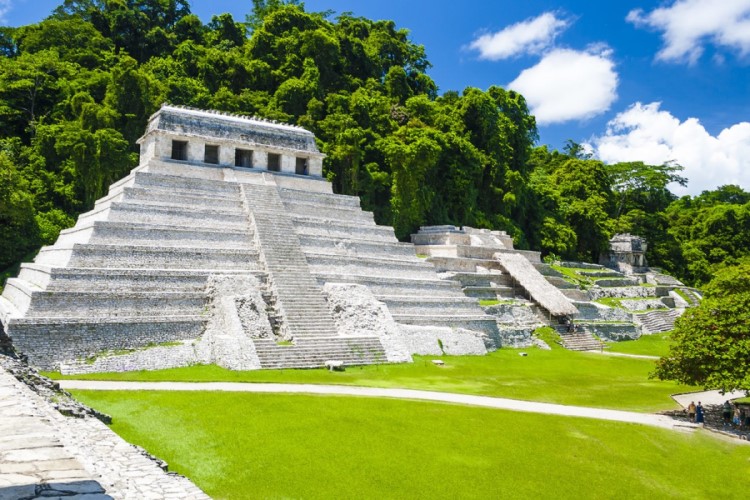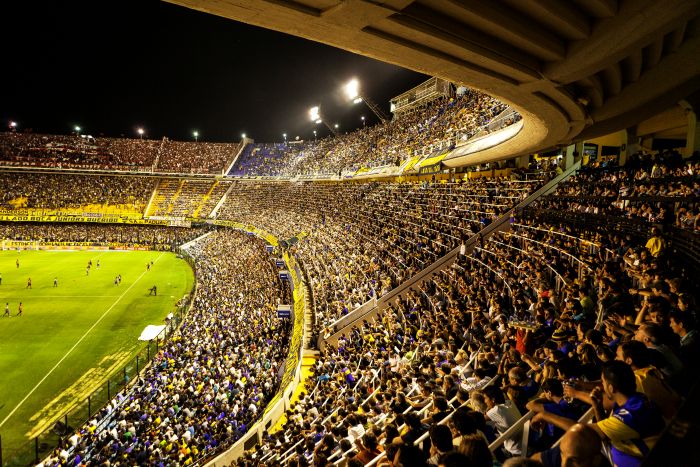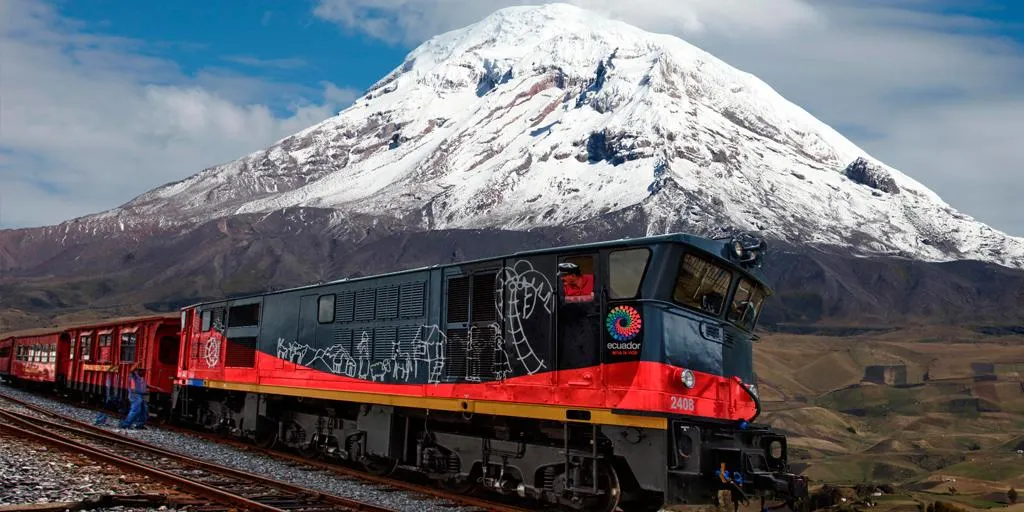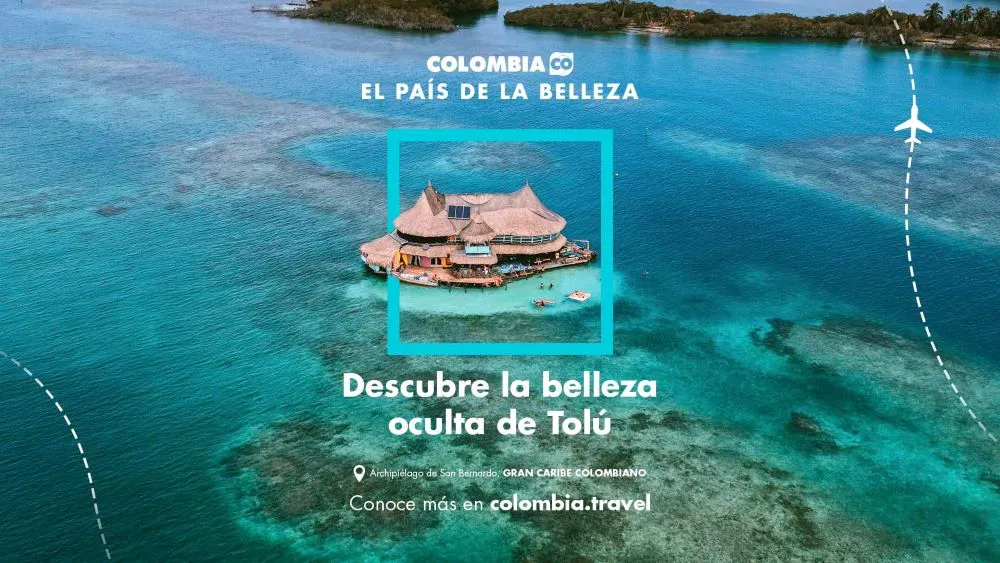Situé dans l’état du Chiapas au Mexique, à la frontière du Guatemala, Palenque ou Lakam Ha (Grandes eaux en maya) est sans nul doute l’un des plus beaux sites mayas du Mexique. Plus de 1 400 bâtiments ont été inventoriés à ce jour, mais de nombreuses structures demeurent recouvertes par la forêt, et selon l’UNESCO -qui a classé le site au patrimoine mondial en 1987-, seulement 10% de la superficie de la ville ancienne sont connus. Le visiteur en quête d’histoire et d’exotisme sera ravi devant les temples, les pyramides et le palais soigneusement conservés. Tout cela au cœur d’une forêt luxuriante.
D’heureuses découvertes ont permis de connaître plusieurs pans de l’histoire de Lakam Ha, jalonnée de catastrophes naturelles et de guerres. Les Mayas ont fondé la cité vers 100 av. J.-C. et la ville a connu son apogée entre le 6e et le 8e siècle de notre ère. Plusieurs souverains se sont succédé, le plus célèbre d’entre eux étant le roi Pakal qui a régné de 625 à 683. Les constructions visibles sur le site ont été réalisées sous son règne et celui de son fils, de 683 à 702. À partir de 799, la ville a été abandonnée par sa population sans que les chercheurs puissent à ce jour en donner la raison.
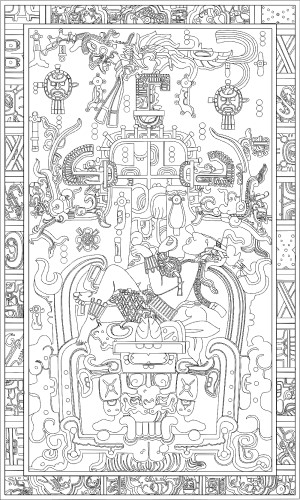
Elle fut redécouverte par un missionnaire en 1567, mais ce n’est qu’à la fin du 18e siècle que les Espagnols ont commencé à s’intéresser aux ruines au cours d’expéditions qui s’étaleront jusqu’au 20eme siècle, notamment celles de l’exploration anglais Alfred Maudslay qui consacra sa vie à l’étude des vestiges maya.
En 1949, une équipe découvre la tombe du roi Pakal (K’inich Janaab’ Pakal en langue maya) sous le Temple des Inscriptions. Ce temple se dresse au sommet d’une pyramide d’une vingtaine de mètres de hauteur. Il doit son nom aux nombreux glyphes trouvés sur place qui relatent l’histoire de Palenque entre 514 et 672. Un passage étroit mène à la tombe du roi. Cette dernière recouverte d’une pierre qui illustre le souverain tombant dans la gueule du monde au coucher du soleil n’est aujourd’hui plus autorisée à la visite du public, cependant, une reproduction fidèle de la chambre funéraire est visible au Musée national d’anthropologie de Mexico.
Tout près de ce temple se trouve le tombeau de la Reine rouge, nommée ainsi à cause de la couleur du sarcophage. Elle serait l’épouse de Pakal.
Le Palais représente un autre édifice remarquable de la cité maya. Il regroupe plusieurs bâtiments et des nombreuses salles où il est possible d’admirer la décoration et les bas-reliefs. Une tour de quatre étages qui devait servir d’observatoire domine l’ensemble.
Parmi les autres vestiges à ne pas manquer citons le temple du crâne ainsi que le Conjunto de las Cruces qui regroupe 3 temples très importants : le temple du soleil, le temple de la croix et celui de la croix Foliée. Situés dans la partie nord de la ville, ils offrent un point de vue sur le site absolument sublime !
Au milieu de la jungle, entre les cris des singes hurleurs et ceux des oiseaux tropicaux, le visiteur peut admirer entre la rivière Otolum et le ruisseau Bat, une magnifique cascade sur le chemin qui mène au musée. C’est un complément très intéressant à la visite de l’ancienne cite maya qui permet de d’admirer des monuments, sculptures et objets du quotidien découverts à Palenque !

